Pearl jewellery
About the pearls we use in our pearl jewellery: Natural (or wild) pearls are now very rare and their collection is often restricted because of the environmental damage it can cause. It is why wild pearls fetched such extraordinary prices in the past. The best pearls available today are cultured pearls, formed in pearl farms. There are a number of methods for producing cultured pearls in both freshwater or seawater pearl oyster or mussel shells. The unique luster of pearls depends upon the reflection, refraction, and diffraction of light from the translucent layers. The thinner and more numerous the layers in the pearl, the finer the luster. This iridescence that pearls display is caused by the pearl oyster overlapping of successive layers of nacre over the implant. Nacre is made up of silk-like proteins which break up the light falling on the surface. The very best pearls have a metallic mirror-like luster. Cultured pearls use the response of the shell to a tissue or bead implant usually made from oyster shell to begin producing nacre over the top of it.
The Types of cultured pearl used in our pearl jewellery
Available off the shelf:
A blister or “mabe” pearl, is a half-sphere, formed flush against the shell of the pearl oyster. We have a number of pieces using large 15mm mabe pearls in our pearl jewellery collection. They are perfect for setting as they have a flat back.
Keshi pearls have no bead centre so are made of all nacre which gives them an uneven shape. We use the flatter shapes in sizes from 6mm to an exciting giant 20mm size in necklaces, bracelets and earrings combined with gold and silver beads and unusual magnetic catches that give a contemporary feel to these handmade pieces.
Baroque pearls have a bead centre but have been encouraged to grow unevenly like the keshi pearls. We have a very unusual “elephant pearl” necklace using baroque pearls of 30mm, which is giant by any pearl standard along with our usual selection of 10-15mm pearl necklace lengths.
Akoya pearls come from Japan and China. They are grown in salt water oyster, are perfectly round and come in sizes up to 8mm as the oyster is small. They have a high lustre. We use these pearls most often when combining pearls with diamonds.
Available to order:
South Sea pearls are the largest and rarest of the cultured pearls – making them the most valuable. Prized for their exquisitely beautiful ‘orient’ or lustre, South Sea pearls are now farmed in various parts of the world where the Pinctada maxima oysters can be found, White and silver coloured South Sea pearls tend to come from Australia, while golden colored ones are more prevalent in the Philippines and Indonesia. South Sea pearls are the colour of their host Pinctada maxima oyster – and can be white, silver, pink, gold, cream, and any combination of these basic colors, including overtones of the various colours of the rainbow displayed in the pearl nacre of the oyster shell itself.
Tahitian pearls, frequently referred to as black pearls, like the South Sea pearls are highly valued because of their rarity; the culturing process for them dictates a smaller volume output and they can never be mass-produced because, in common with most sea pearls, the oyster can only be nucleated with one pearl at a time. Black pearls are very rarely black: they are usually shades of green, purple, aubergine, blue, grey, silver or peacock (a mix of several shades, like a peacock’s feather).
Showing 1–16 of 95 results
-
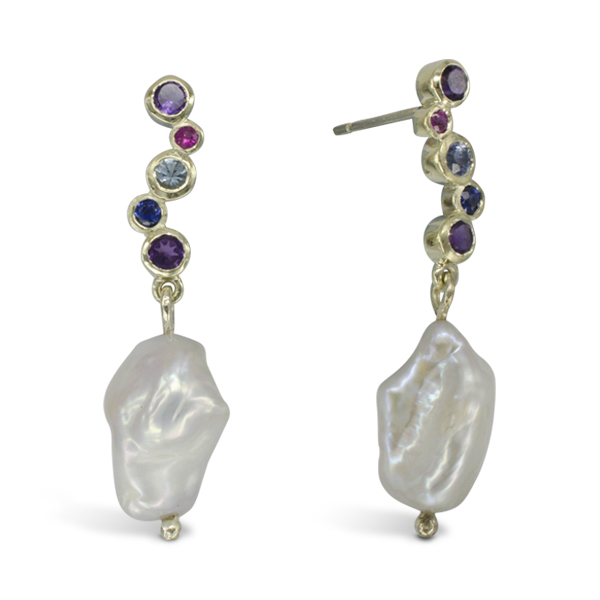
Sapphire Earstuds Baroque Pearl Drop
£1,200.00 Add to basket -
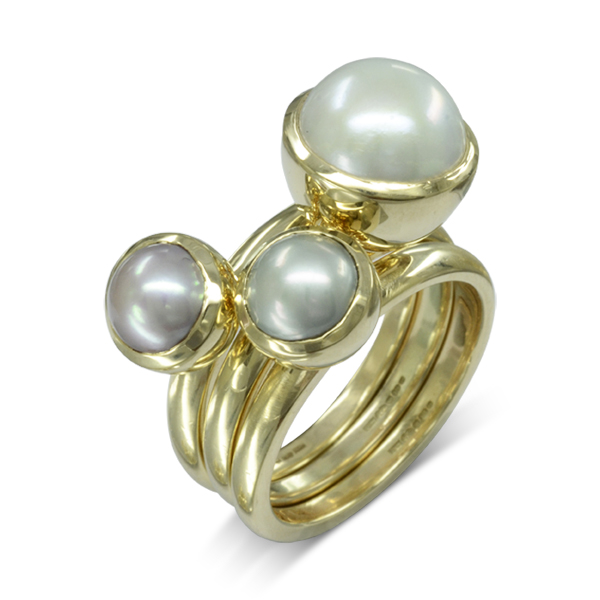
Pearl Stacking Rings Gold
£480.00 – £580.00 Select options -
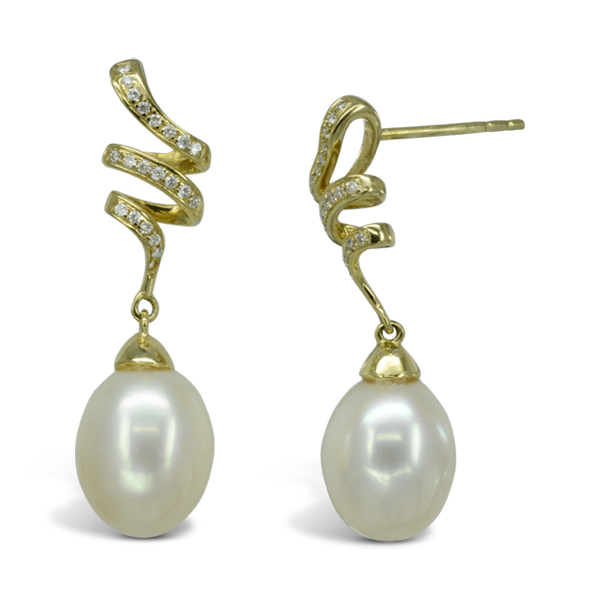
Diamond Ribbon Pearl Earrings
£1,200.00 Add to basket -
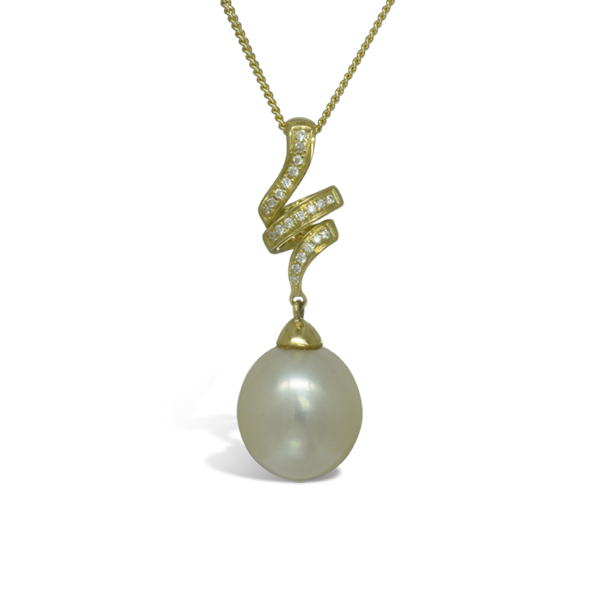
Diamond Ribbon Pearl Pendant
£980.00 Add to basket -
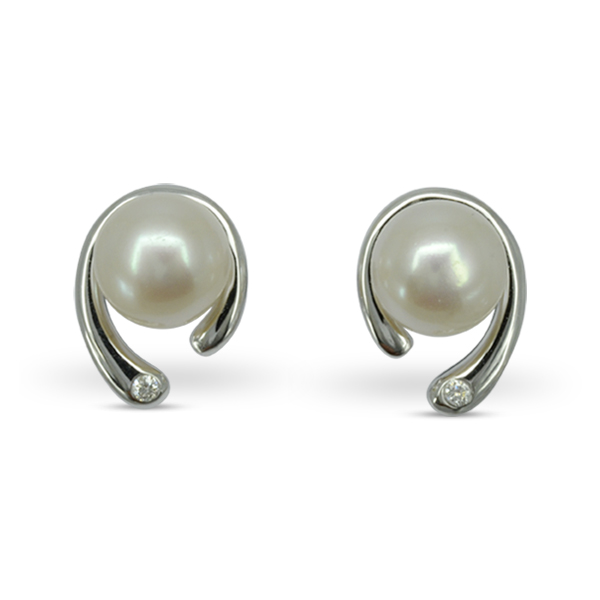
Pearl Diamond Spiky Earstuds White Gold
£450.00 Add to basket -
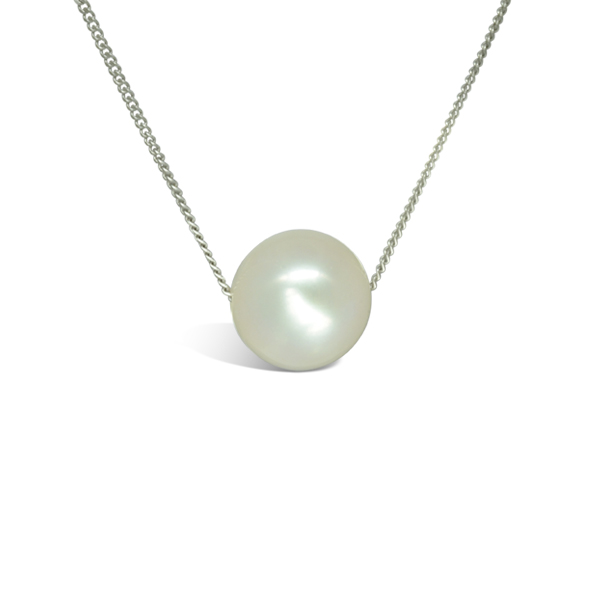
Pearl On A White Gold Chain
£190.00 Add to basket -
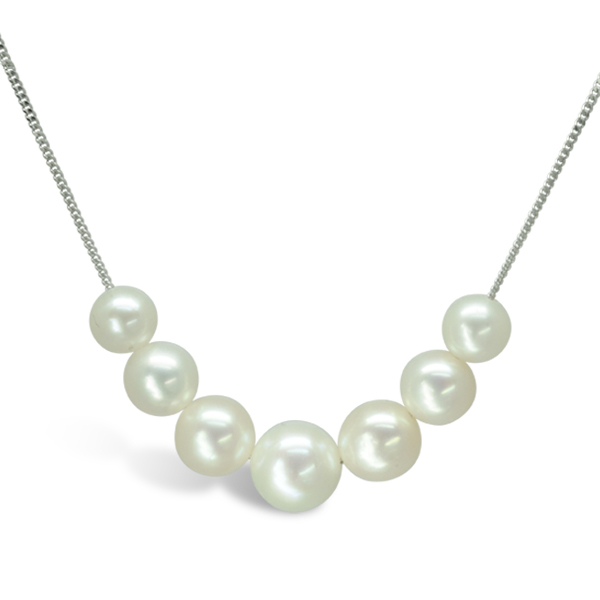
Seven Pearls On A White Gold Chain
£299.00 Add to basket -
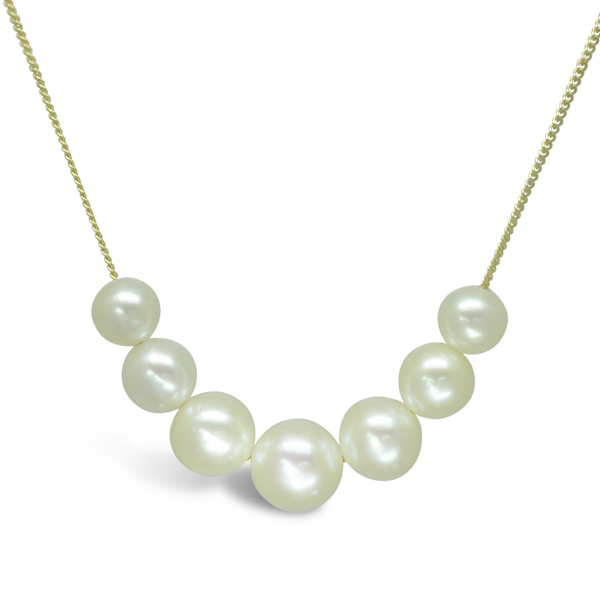
Seven Pearls On A Yellow Gold Chain
£299.00 Add to basket -
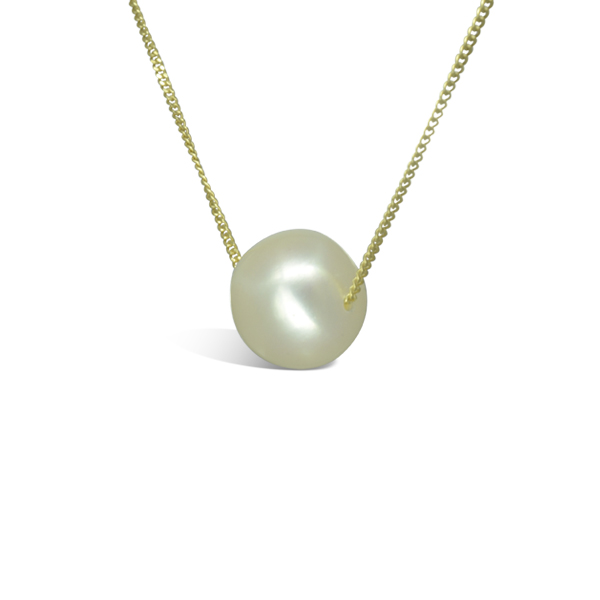
Pearl On A Yellow Gold Chain
£190.00 Add to basket -
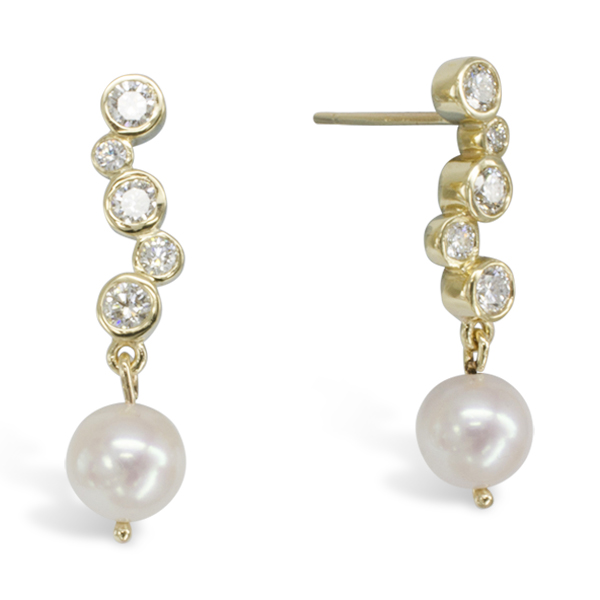
Diamond Earstuds Akoya Pearl Drop
£1,600.00 Add to basket -
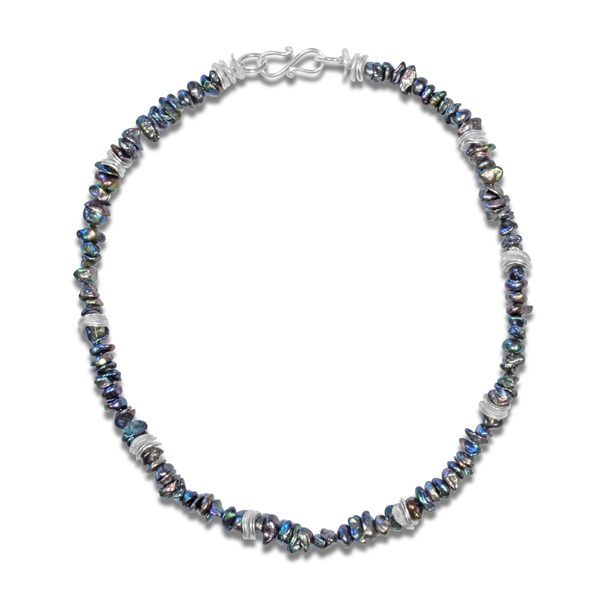
Black Keshi Pearl Silver Necklace
£220.00 Select options -
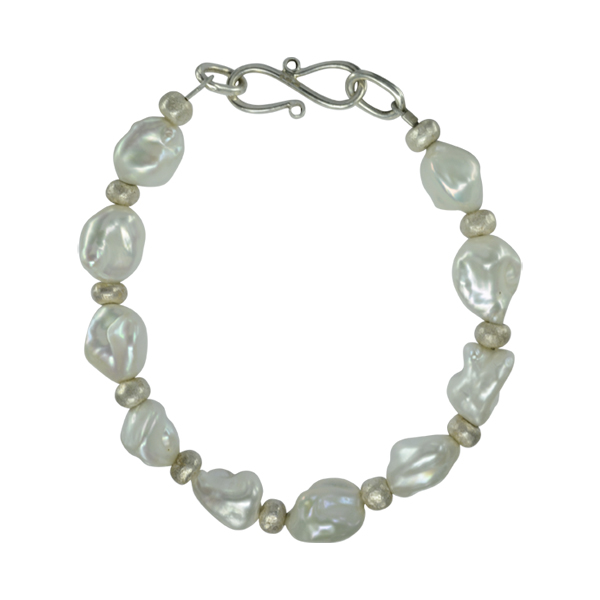
Baroque Pearl Bracelet White
£120.00 Add to basket -
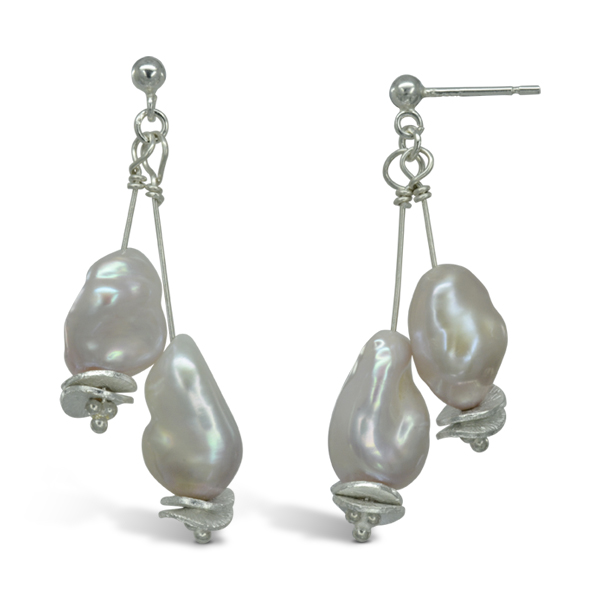
Baroque Pearl Silver Disc Earrings
£99.00 Add to basket -
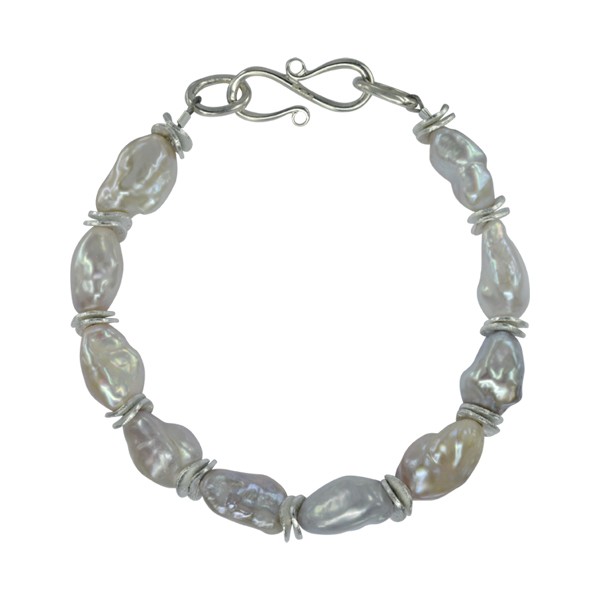
Baroque Pearl Silver Disc Bracelet
£180.00 Add to basket -
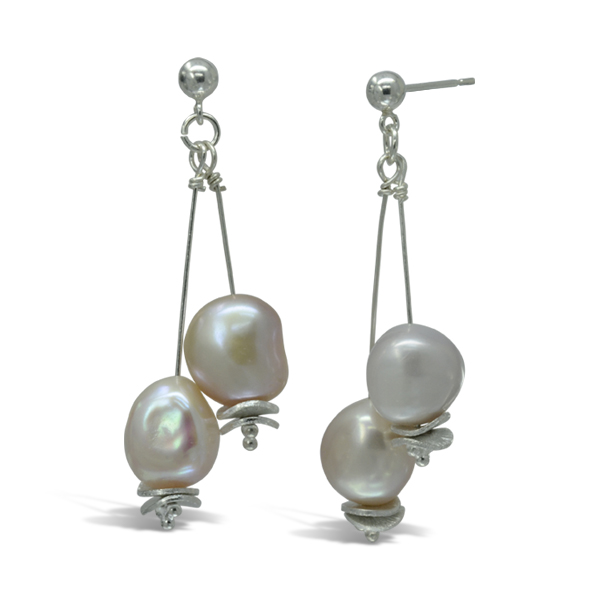
Double Pearl Drop Earrings
£99.00 Add to basket -
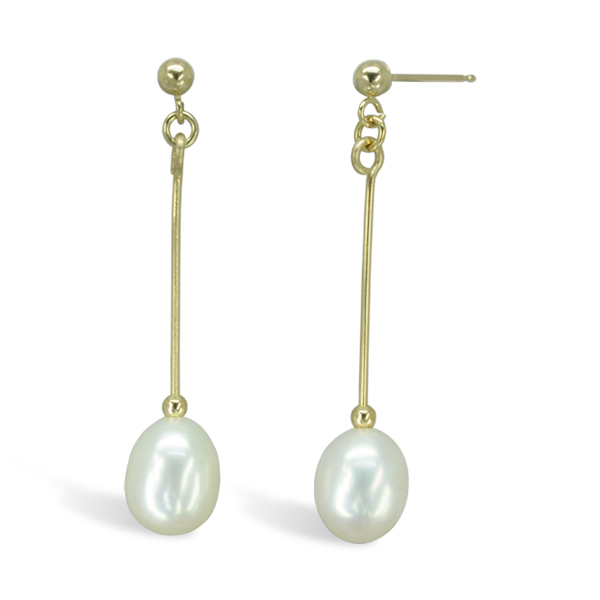
Pearl Bar Drop Earrings
£180.00 Add to basket